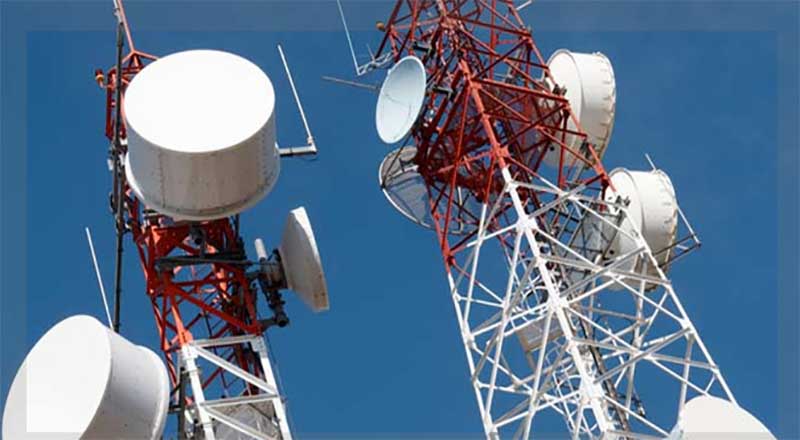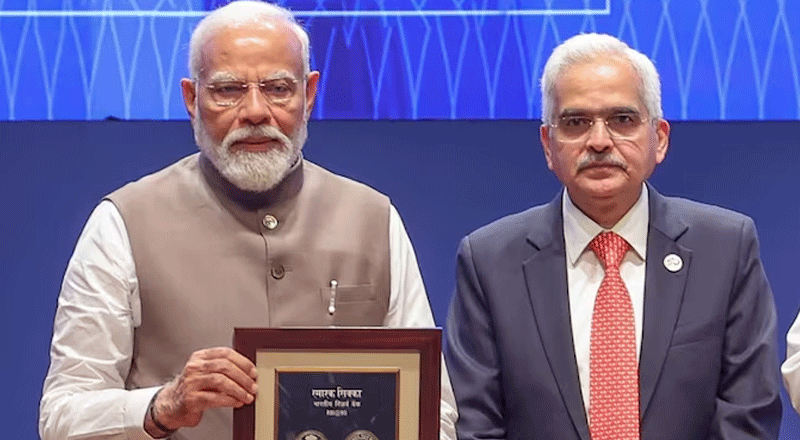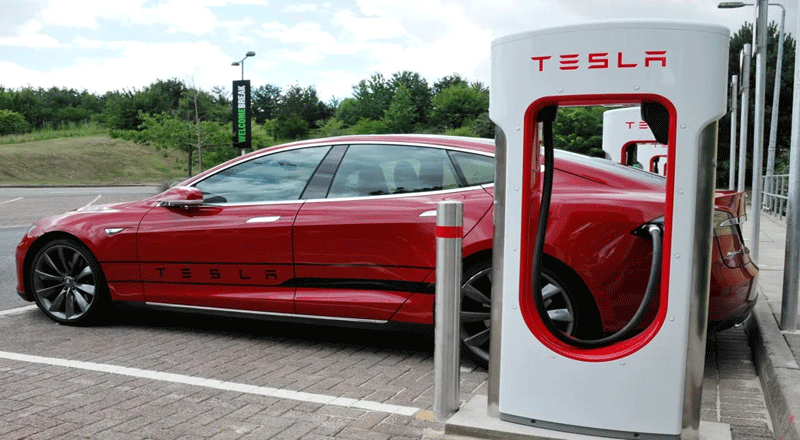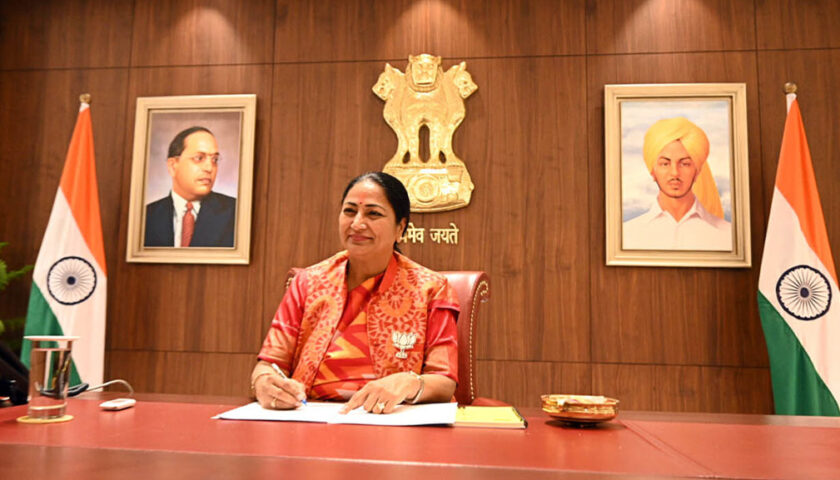The Government of India has approved the National Telecom Communications Policy – 2018 with the aim of ensuring broadband at 50 Mbps speed to 1.2 billion plus population, and 1 Gbps Internet to all Gram Panchayats. Now named the National Digital Communications Policy (NDCP) 2018, the new policy will attract $100 billion investments and will create 4 mn jobs.
The Union Cabinet chaired by Prime Minister Narendra Modi has approved the National Digital Communications Policy-2018 and re-designation of the Telecom Commission as the Digital Communications Commission.
“Emerging technologies like 5G and Internet of Things warrant the need for a new consumer-centric and application-centric policy. The government aims to improve the reach of telecom services and applications riding on the network,” Sinha said.
The last telecom policy was announced in 2012. The government aims to provide 50 mbps broadband to all key development institutions and improve connectivity in uncovered areas under the new policy.
The Department of Telecommunications (DoT) had on 1 May floated the draft for public consultation which has outlined goals the government wants to achieve by 2022, such as providing broadband coverage for all, creating 4 million additional jobs in the digital communications sector, apart from enhancing the contribution of the digital communications sector to 8% of India’s gross domestic product from less than 6% in 2017.
The customer focused and application driven NDCP-2018 will lead to innovations, after the launch of advanced technology such as 5G, IOT, M2M, etc. In order to attract investments of $100 billion in the digital communications sector and increase India’s contribution to global value chain, the government will review levies and fees, including licence fee, universal service obligation fund (USOF) levy and concept of pass-through revenues in line with principles of input line credit, apart from looking at rationalising spectrum usage charges.
Objectives
# 5 million public Wi-Fi Hotspots by 2020 and 10 million by 2022 through a National Broadband Mission
# Implementing a ‘Fibre First Initiative’ to take fibre to the home and broadband to all.
# The government also aims to enable infrastructure convergence for IT, telecom and broadcasting.
# 8% GDP contribution from ~ 6% in 2017
# Become top 50 nations in ICT Development Index of ITU from 134 in 2017
# 1 Gbps connectivity to all Gram Panchayats by 2020 and 10 Gbps by 2022
# Connectivity to all uncovered areas
# Train one million manpower
# Expand IoT ecosystem to 5 billion connected devices
# Establish a data protection regime for digital communications
Another target of the policy is to establish a comprehensive data protection regime for digital communications that safeguards the privacy, autonomy and choice of individuals. In this way, it will enforce accountability through appropriate institutional mechanisms to assure citizens of safe and secure digital communications infrastructure and services.
India will be setting up a National Digital Grid by creating a National Fibre Authority. It will be establishing Common Service Ducts and utility corridors in all new city and highway road projects.
After Cabinet approval, the policy will be tabled in Parliament and an institutional mechanism will be set up to keep track of the implementation of the policy.





